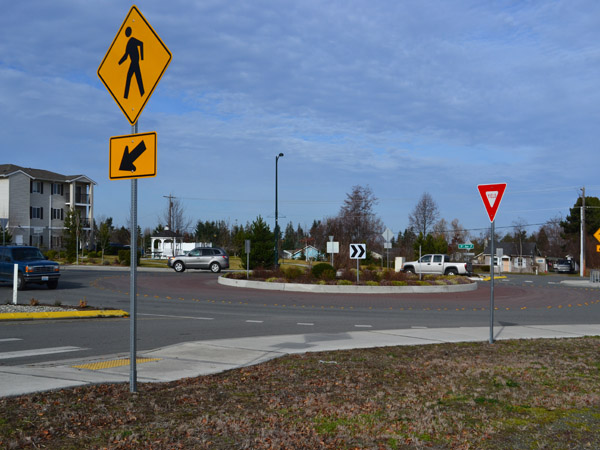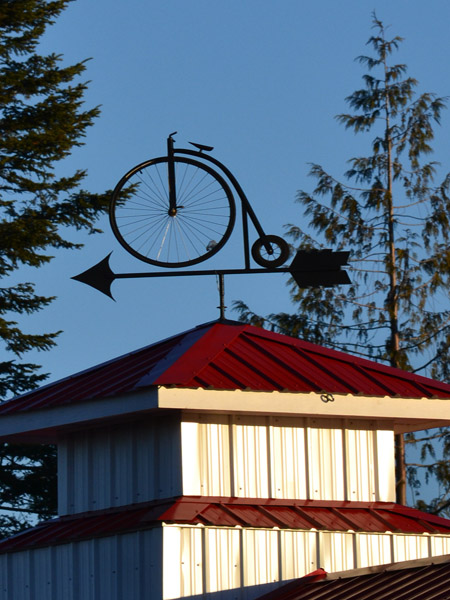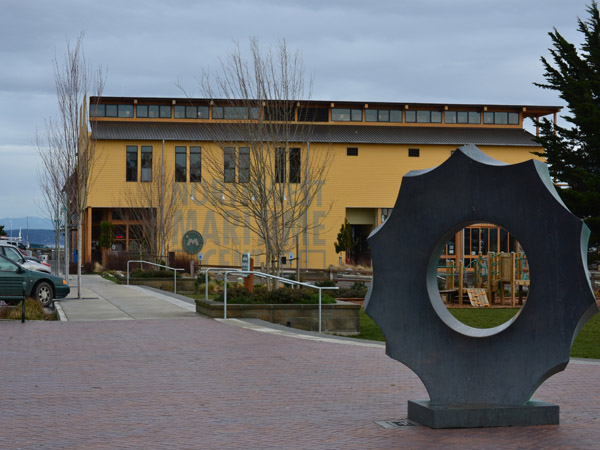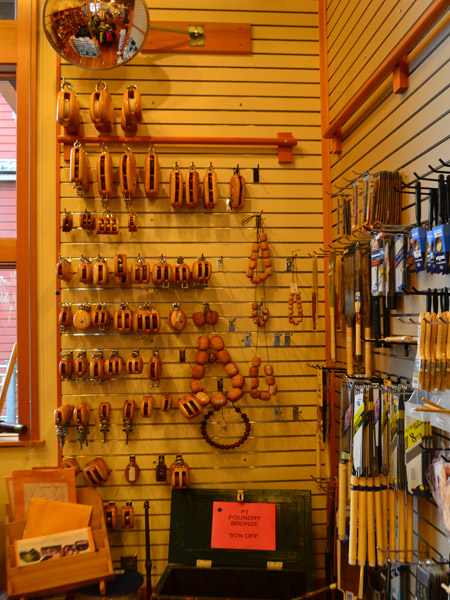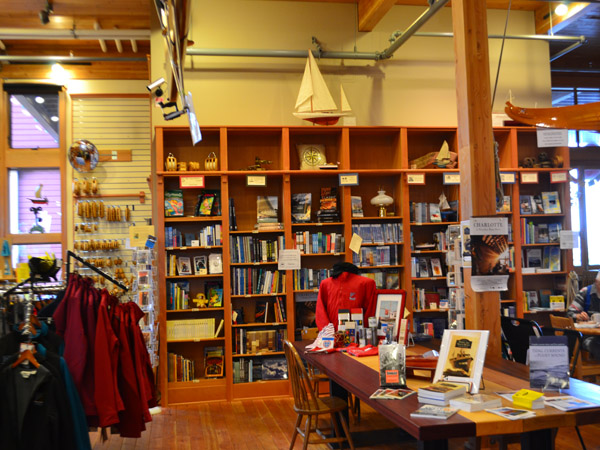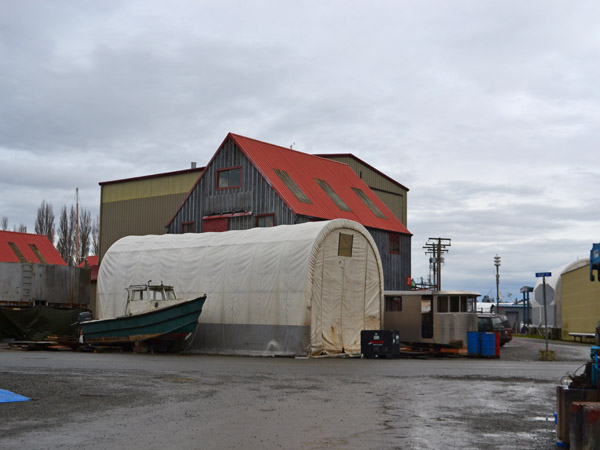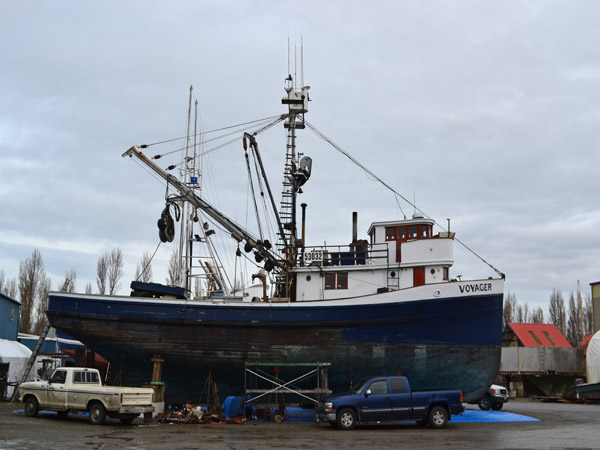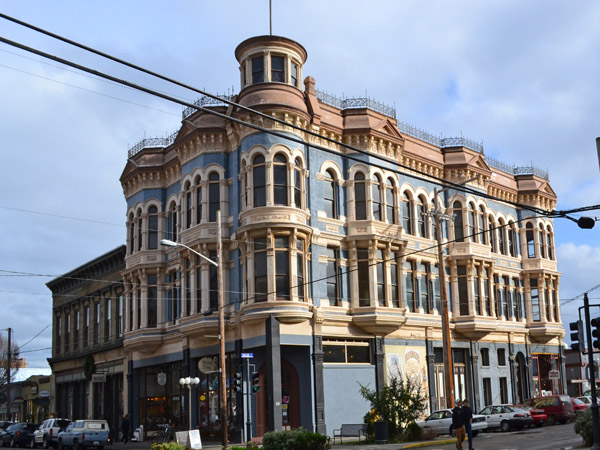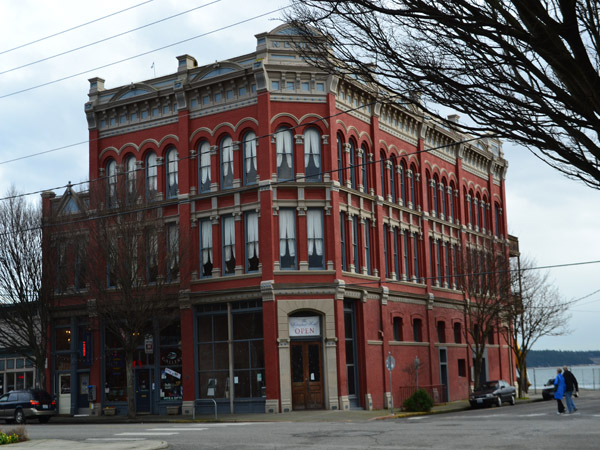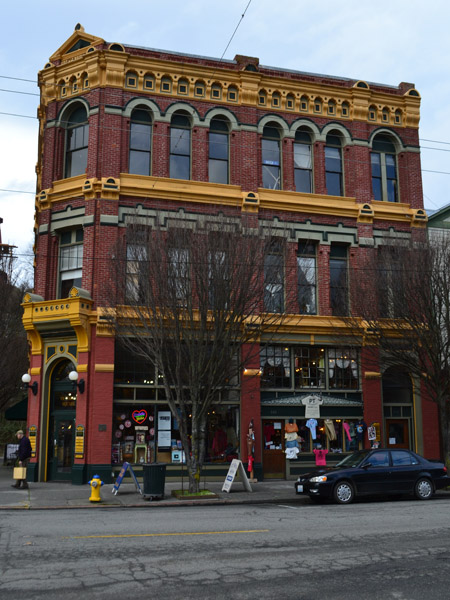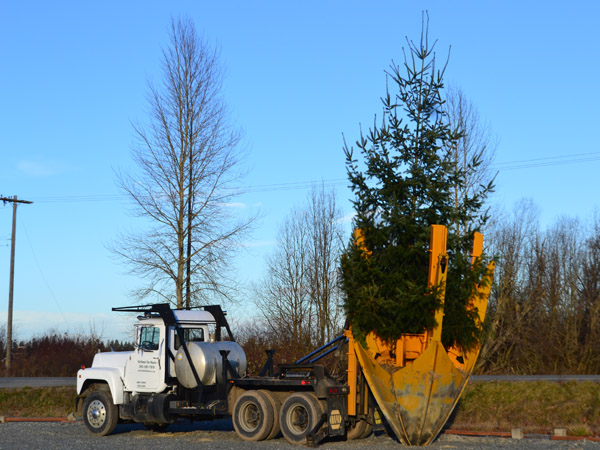I hadn’t encountered too many round-abouts before I moved to Sequim. We have three here, two on Washington Street and one on Sequim-Dungeness Way.
Traffic engineers euphemistically call this sort of installation “traffic calming,” in that they slow down through traffic. Not being terribly familiar with them, I initially found them anything but calming. Traffic enters and leaves the round-about in eight directions and a well-signed version can present a library full of symbols to absorb.
Other drivers occasionally are vexed. One stopped in the round-about when she saw another car waiting to enter (a no-no — you’re supposed to go, go). My chief worry is drivers who enter the round-about without waiting to see that it’s clear going. But I suppose that could happen at any sort of intersection.
Do you have round-abouts where you live? Do you have a “favorite” traffic challenge?
